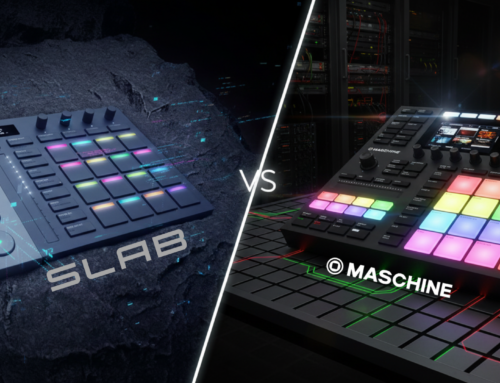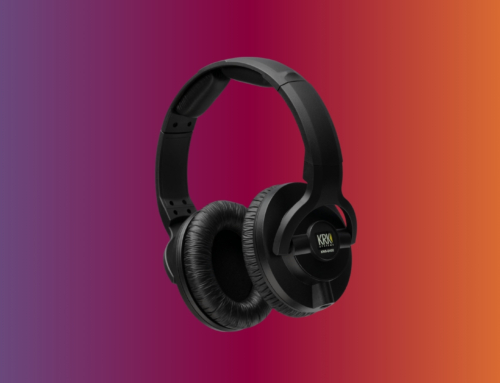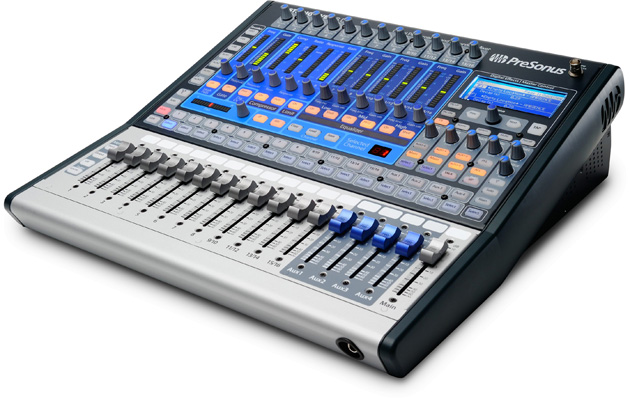 The Presonus StudioLive 16.0.2 is a compact and comparatively cheap mixing console and interface that packs a variety of well-considered features. The niche of the “Live mixer / DAW interface” device has not become so common that manufacturers are auto-piloting through and just copying their competitors. There’s still a lot of innovative thinking on display among the current crop, and this $1299 unit has some really thoughtful features.
The Presonus StudioLive 16.0.2 is a compact and comparatively cheap mixing console and interface that packs a variety of well-considered features. The niche of the “Live mixer / DAW interface” device has not become so common that manufacturers are auto-piloting through and just copying their competitors. There’s still a lot of innovative thinking on display among the current crop, and this $1299 unit has some really thoughtful features.
Specs
The 16.0.2 has 16 channels in all, 8 mono and 4 stereo, and 12 of those channels possess Presonus’ own-brand Class-A mic preamps. These are passable for live situations, but they certainly don’t measure up to equivalents from the likes of Focusrite or Alesis. It could just be me being finicky, but if you’re considering a 16.0.2, definitely scrutinize the mic pres and see if they’re up to scratch for you.
There are 4 Auxiliary sends and matching faders for looping out to external gear, and independent phase reversal and phantom power capabilities for all the channels.
Connection to a computer is handled by a pair of FireWire 1394 Connections, which should be adequate to handle anything you might want to export to your computer, but some users have reported issues with the notoriously grumpy 1.5 FireWire driver for Windows XP.
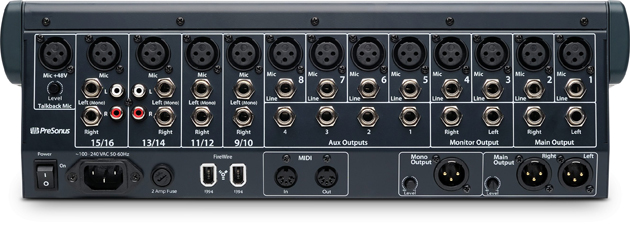
Features and Use
As you select each channel using one of the 12 60mm faders, the parameters of that channel appear in the “Fat Channel” editing area at the top of the console. The digital knobs in the Fat Channel area can be used for quickly roughing out the sound of each track using basic Dynamics and 3 band EQ. Once everything is in its place, you can use the encoder buttons to the left of the Fat Channel area to reassign those same controls to a host of fine-tuning options. These include a 31 band graphic EQ and over 50 built-in digital effects.
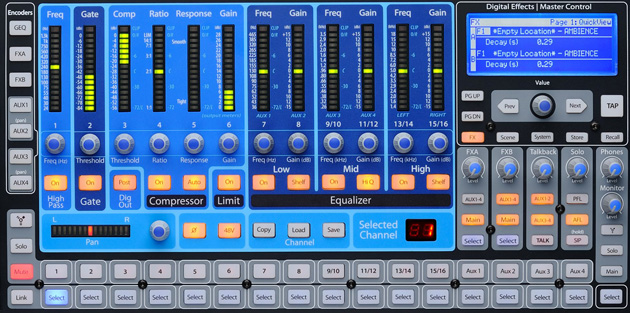
There are 99 preset slots, allowing you to save and recall channel settings from particular gigs or recording sessions. This is great if you work with the same setup repeatedly. You can save a baseline strip setting for a specific channel, unique to a particular device or instrument, then fine-tune it to a particular venue once you arrive. You can also save the settings from the entire console as a “scene,” a huge timesaver when working with a band or ensemble. The faders aren’t motorized, so you will need to manually move them to their original positions, referenced by the ladder-style LEDs used as VU meters and as setting readouts for effects, sends, levels etc.
Some interesting pre and post routing settings allow you to choose whether or not you want to send your Fat Channel tweaks from the mixer to your DAW, or just use them for monitoring, keeping the recording clean and unadulterated, ready for you to manipulate later on.
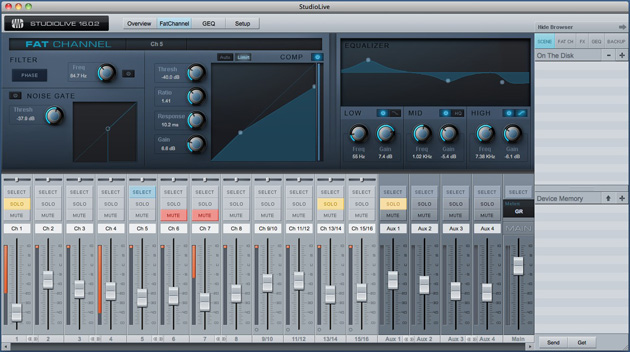
Bundled software includes Universal Control is a management and editing application for your computer. You can essentially control the console from your laptop using the faintly “Logic-esque” interface in the application. If you’ve saved a scene and want to make a couple of minor edits, using this application is much easier than scrolling through dozens of options on the console’s LCD screen.
Also included is Capture, a simple stripped down piece of recording software, designed for flawlessly recording live audio in real time without any lag or glitches. There are very few features to speak of, as the idea is you would export the audio to your DAW of choice later on, the focus is on low resource usage and seamless integration with the console.
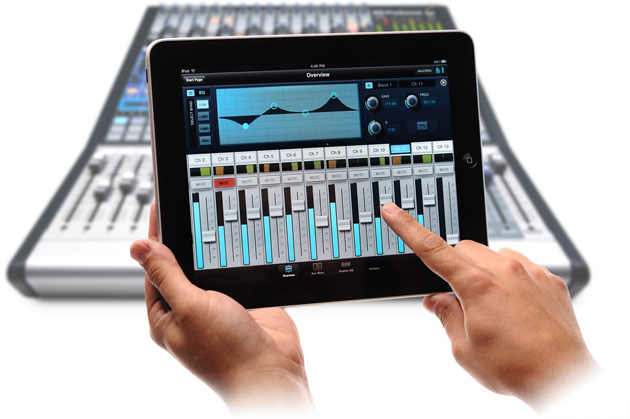
The SL Remote app is arguably the 16.0.2’s big selling point. Several DAWs now have companion apps that can be purchased separately for controlling the software remotely from an iOS device. However, in my experience, these tend to be either overpriced or buggy and convoluted. Having a remote app that was produced by the manufacturer bundled with the console itself is something of a coup, and no other manufacturer is doing this yet. The remote wi-fi control means you can set up your scene, then wander around the venue and listen from various points in the room, all the while making tiny adjustments to the mixer using your iPad or iPhone.
The 16.0.2 is a cheaper alternative to many of its direct competitors, but it doesn’t really show. The build quality is solid, and real thought has obviously gone in to who is going to use it, and how. It might not be a big-money dream machine, but it’s a solid and reliable workhorse for the rest of us.



